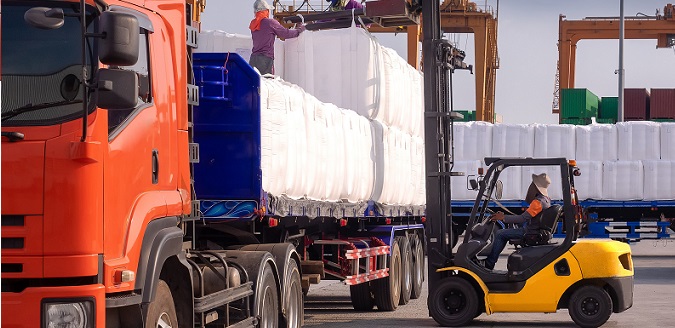As of my knowledge cutoff of 2022, the size of the US food market was approximately $1.8 trillion, according to the U.S. Department of Agriculture. The food market includes a wide range of products, such as fresh and processed foods, beverages, and other consumer packaged goods sold through various channels such as grocery stores, restaurants, and online retailers. The food market is a significant contributor to the US economy and plays an essential role in providing food and nutrition to the population.
Exporting food to the United States can be a complex process that requires compliance with various regulations and standards set by the U.S. government. However, it is not necessarily “hard” to export food to Americans if the exporter follows the required procedures and meets the necessary standards.
To export food to the United States, a foreign food facility must register with the U.S. Food and Drug Administration (FDA), and the food product must comply with U.S. food safety standards. The FDA conducts inspections of foreign food facilities to ensure compliance with U.S. regulations.
Exporters may also need to comply with labeling requirements, which can differ from country to country. Additionally, there may be tariffs or other trade barriers that could affect the cost and competitiveness of the exported food product.
Overall, exporting food to the United States requires careful planning and compliance with regulations, but it is possible for foreign companies to successfully enter the U.S. market if they meet the necessary standards and requirements.



